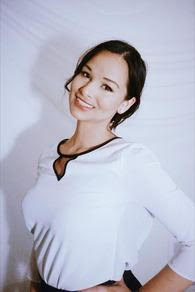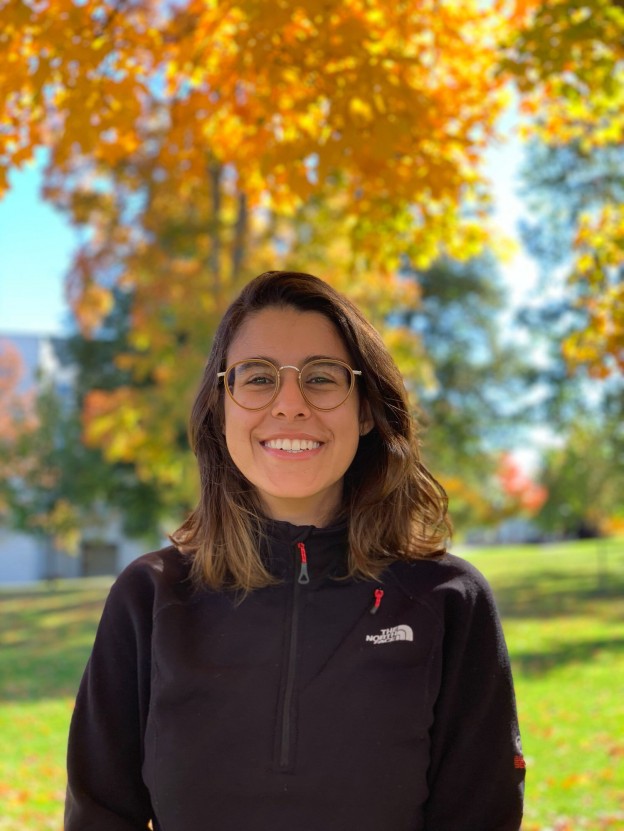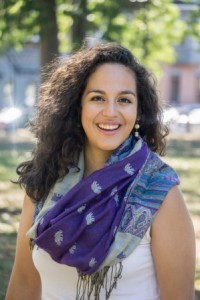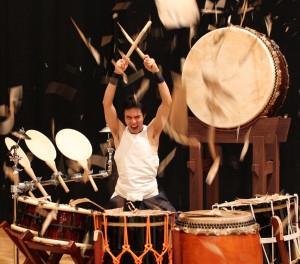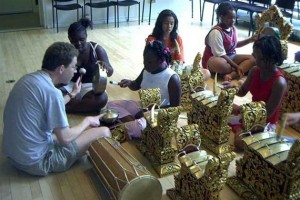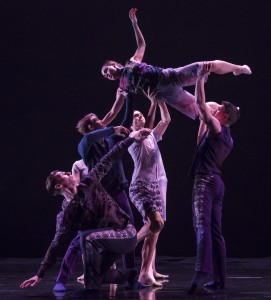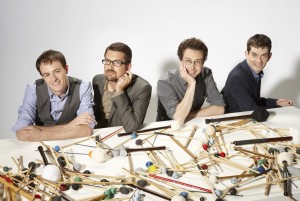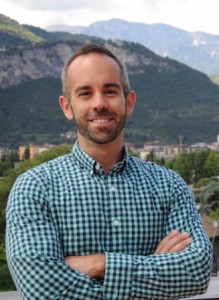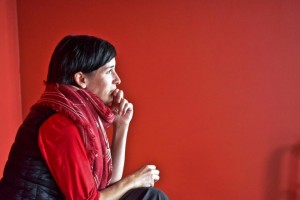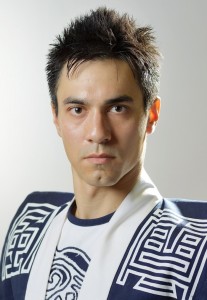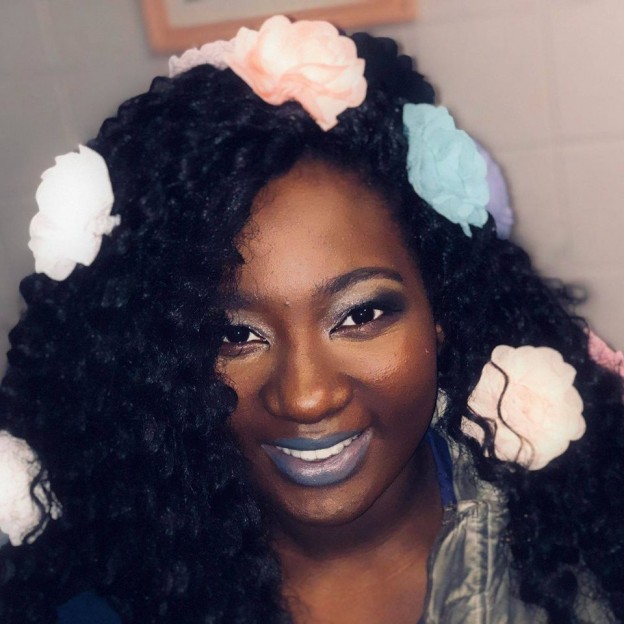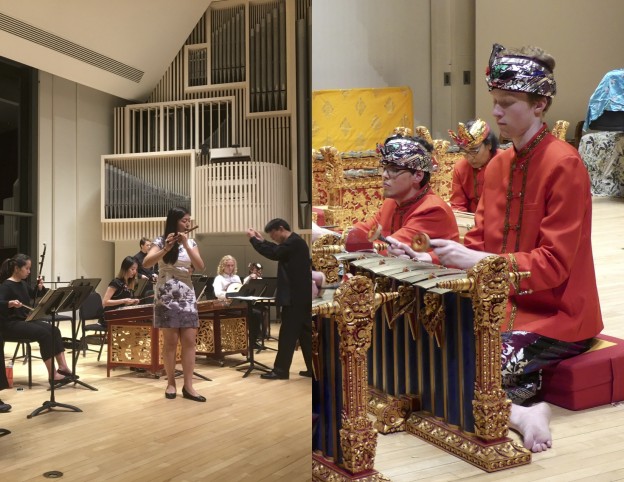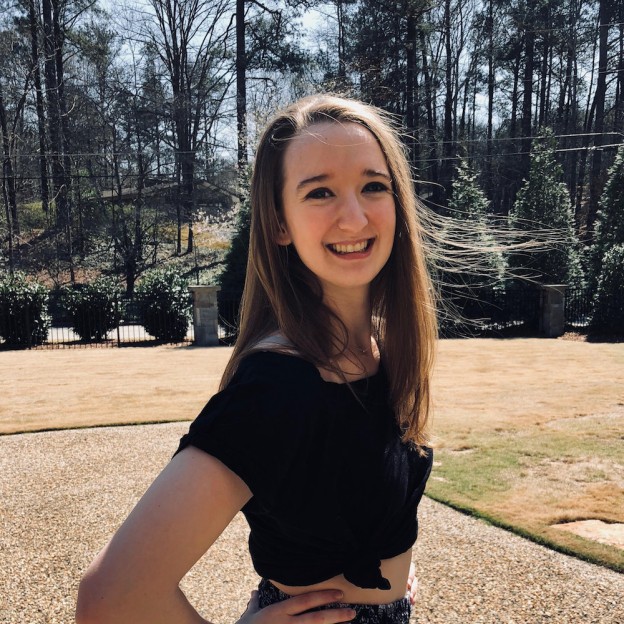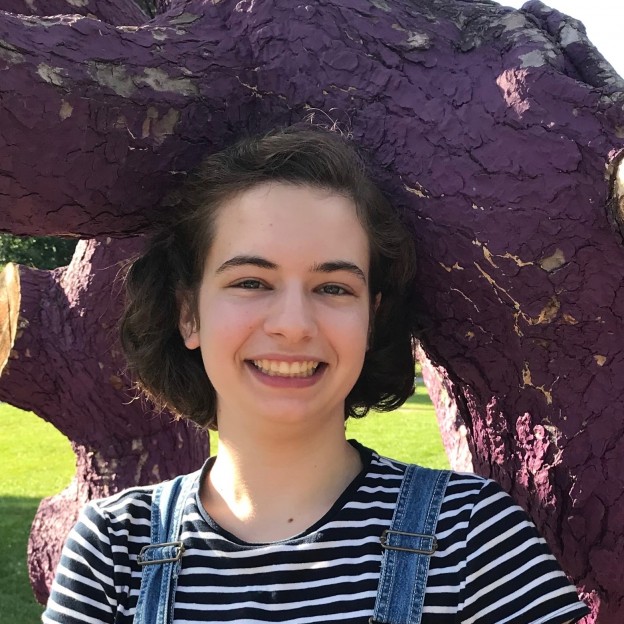It is easy to assume that studying dance requires dancing, and most likely performing in front of an audience. Yet that is hardly true for all students; for Tessa Chambers ’19, a Dance minor, it is about challenging yourself, exploring your body, and studying the culture and history of dance.
“The only ‘true’ dance course I’ve taken, where there is actual dancing, is Kathak,” explains Chambers. “I have also taken a pilates course and yoga multiple times…There is always more to learn in yoga, and I’m interested in the connection that it has with improving symptoms of anxiety and PTSD.”
Like many other students who study Dance at Swarthmore, Chambers did not consider herself as having any real dance experience before coming to Swarthmore. Unlike other dance minors, she did not specifically choose to minor in the subject, but realized she had enough credits to do so – a time-honored Swattie tradition.
“Professor Olivia Sabee is really the one who put the possibility of minoring in dance on my radar,” says Chambers. “I had not even considered it until she let me know last semester that I was two credits away from a minor. I’m actually fond of the fact that the minor happened semi-organically for me.”
While her “specialty” in terms of specific dance styles is yoga, most of her classes so far have focused on dance studies, rather than technique. As she explains, she has never been personally interested in performance, but prefers to focus on dance studies courses “because I enjoyed studying the cultures, histories, and politics of dance, and Olivia made me feel welcome despite not having any dance background. And all of the technique classes that I have taken were chosen because I wanted to challenge myself, and because they made me feel good in my own body.”
In a lot of ways, dance studies courses relate to Chambers’ academic and personal interests. She is a Political Science major, and has previously been very involved in the Swarthmore Indigenous Students Association. Consequently, she is especially interested in how dance reflects power dynamics and acts as a product of society and culture, topics which various courses in the Department have covered.
“Dance studies courses like Dance in Europe and North America in the 19th and 20th Centuries and Intro to Dance Studies: Bodies, Power and Resistance are spent comprehensively analyzing how dance is shaped by the given cultural, historical and political moments that those dances came out of,” says Chambers. “These connections are what drew me to dance. It’s so much more than art and aesthetics, and is definitely related to my other academic and extracurricular interests.”
Her last few words of advice are directed to students who have no background in dance, or may not have had access to formal dance studios.
“Give the Dance [Program] a shot, even if it’s just during Add/Drop. I was intimidated to enter both technique and dance studies courses at first…because I felt that it wasn’t a place for ‘people like me.’ The Dance [Program] is incredibly welcoming and warm, however, and I have never felt anything other than acceptance and encouragement from professors and instructors.”
Emilie Hautemont ’20
